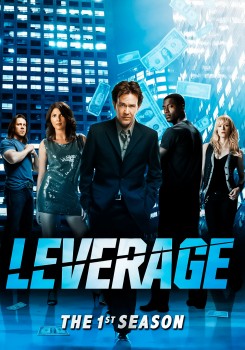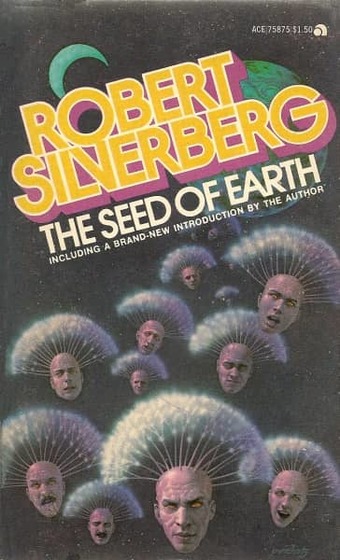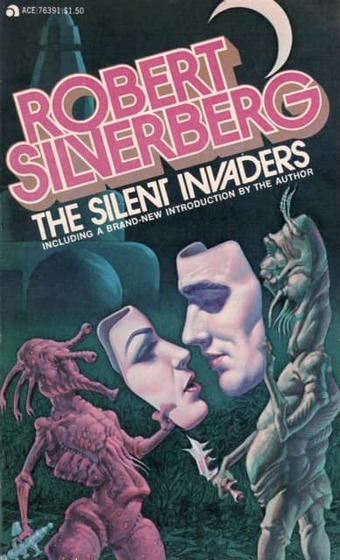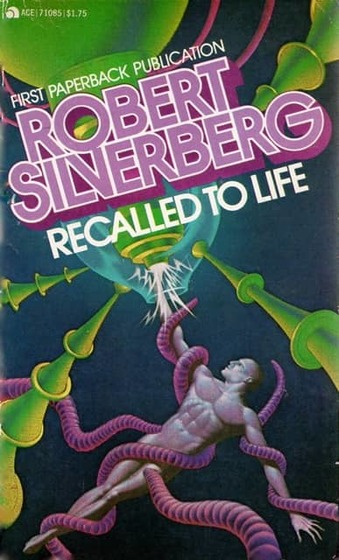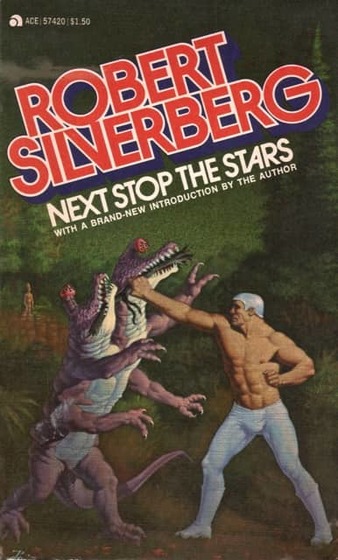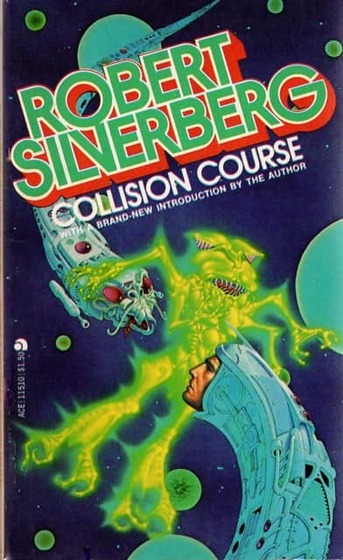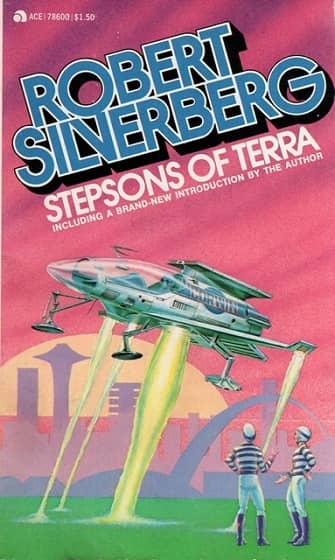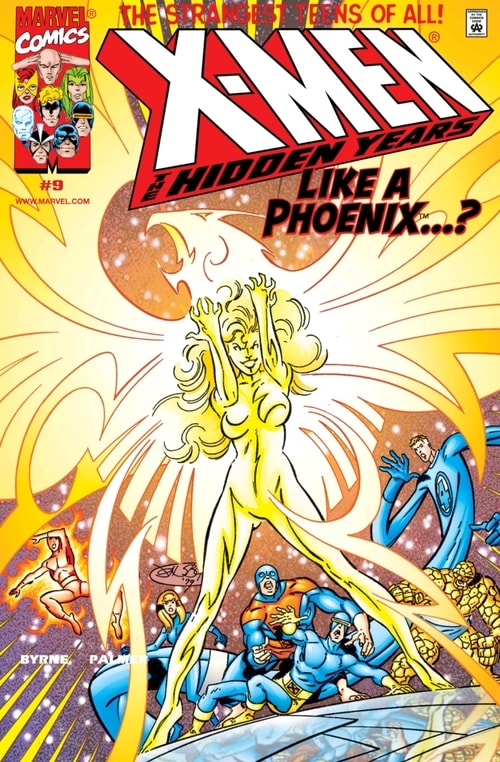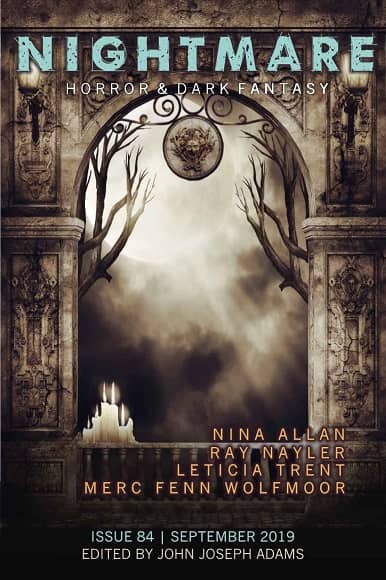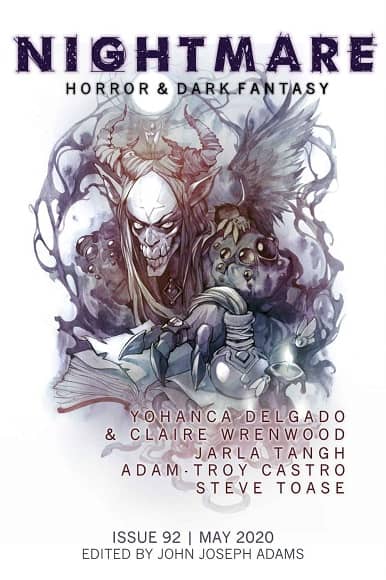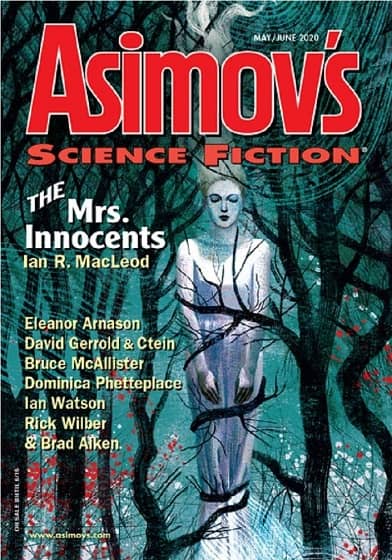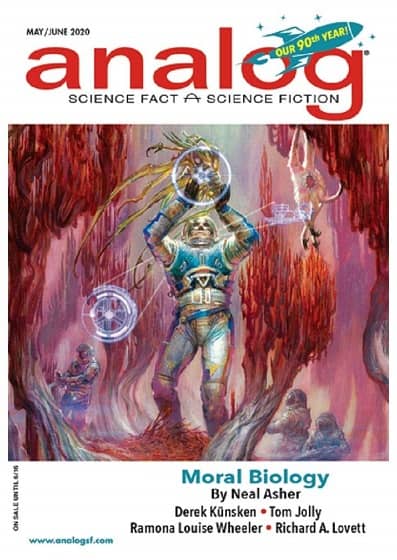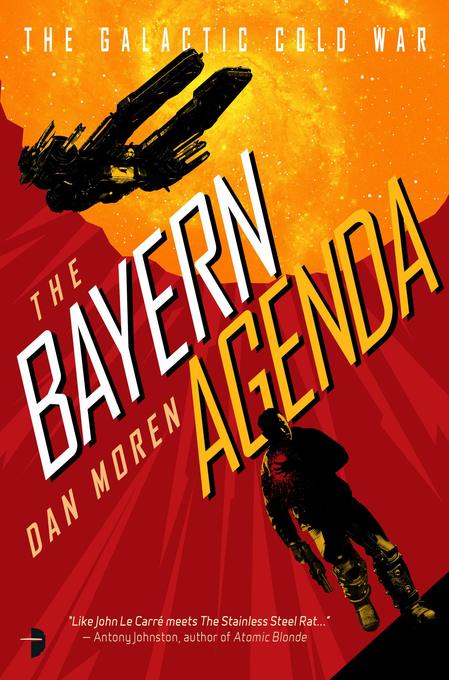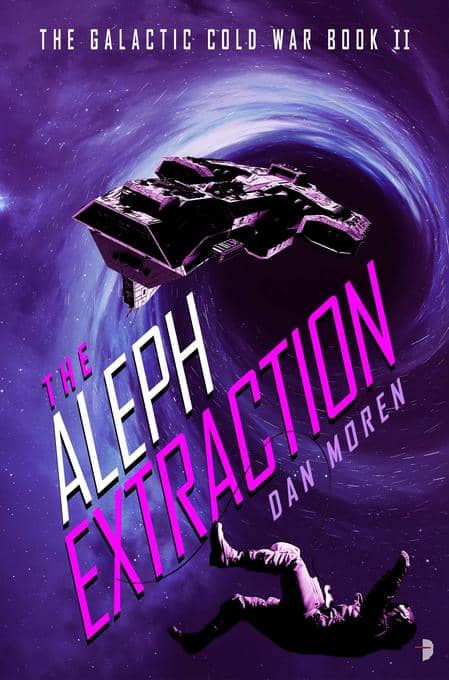The Mechanics of a Post-Apocalyptic World: Degenesis Rebirth and KatharSys
Degenesis Rebirth
Six More Vodka
In early January, I was at my local game shop (Hero’s Emporium) chatting with a clerk. I was there to run a game and was awaiting the players to show up. As gamers do, we talked about all the games we wanted to run, and he brought up Degenesis Rebirth. I scratched my head. “What is this you speak of?” He found an online trailer (and another). I then found their website (now replaced).
You may recall that in late 2019, Black Gate published a couple of articles (encountering it at Gen Con and discussing the setting) about the game they discovered at Gen Con. Those articles dive into the stupendous design and thought of this game by a German company called Six More Vodka. I will simply add that these are some of the most gorgeous RPG books ever created with one of the most interesting and thorough settings, and like E.E. Knight, I have been obsessing over them. Six More Vodka recently relaunched their website dedicated to the game with a ton of short fiction and setting information and — everything in digital format for free. Free. FREE. Did I say, “Free”?
Set in a world centuries after a series of asteroid collisions with Earth, Degenesis Rebirth’s games take place in a post-apocalyptic world. The asteroids carried (or did their destruction and opening up of the Earth allow something to escape?) an extraterrestrial substance — spores, etc. — that infect the land and people, twisting both to unrecognizable and dangerous new things. This infection upon the land and people was rightly called Sepsis. As Europe and Africa recovered and adapted, a number of cultures and societies (called cults) have established or compete for dominance.

